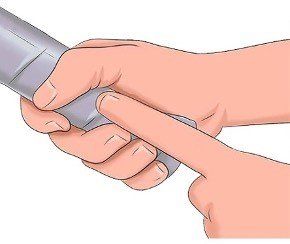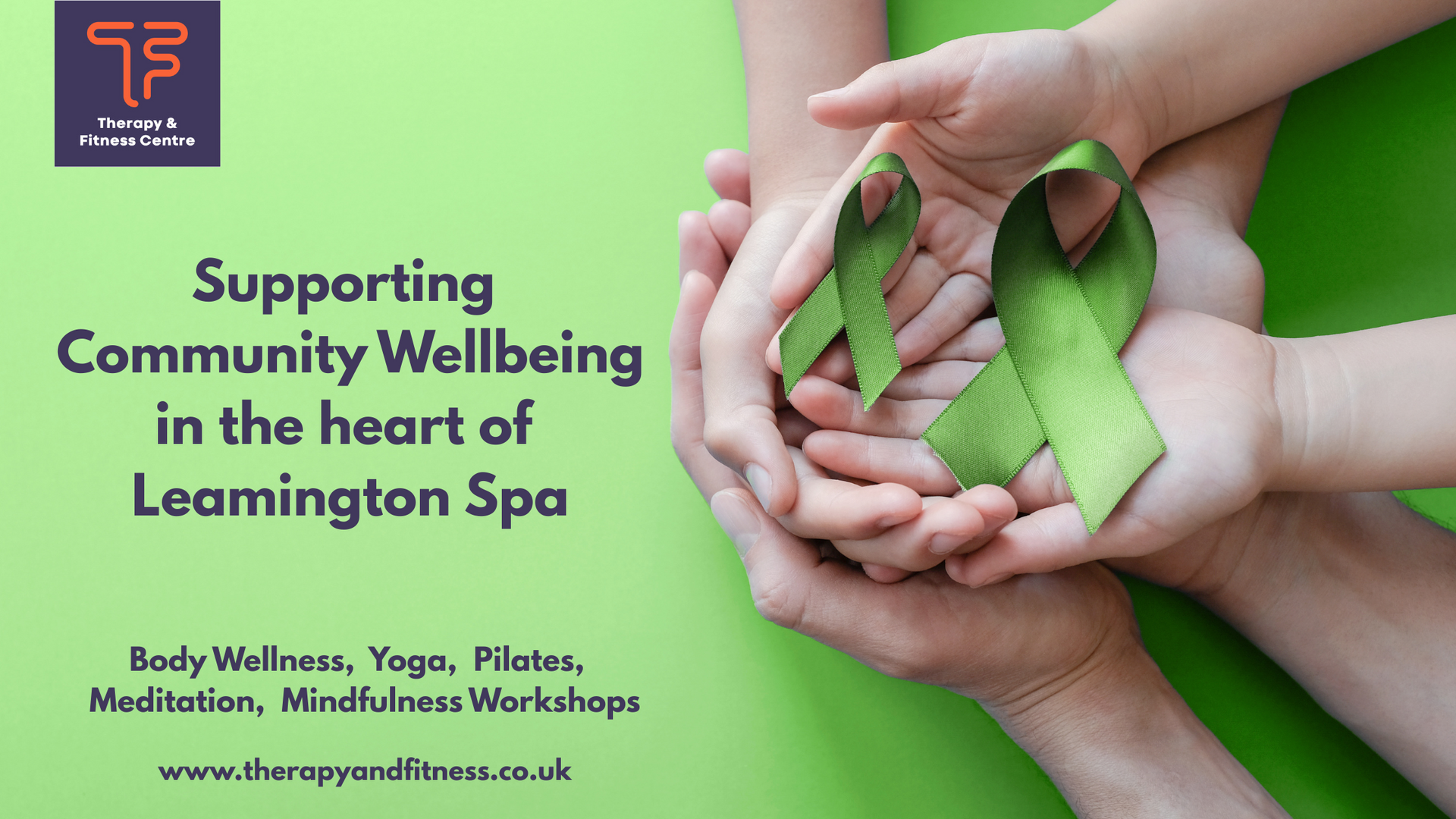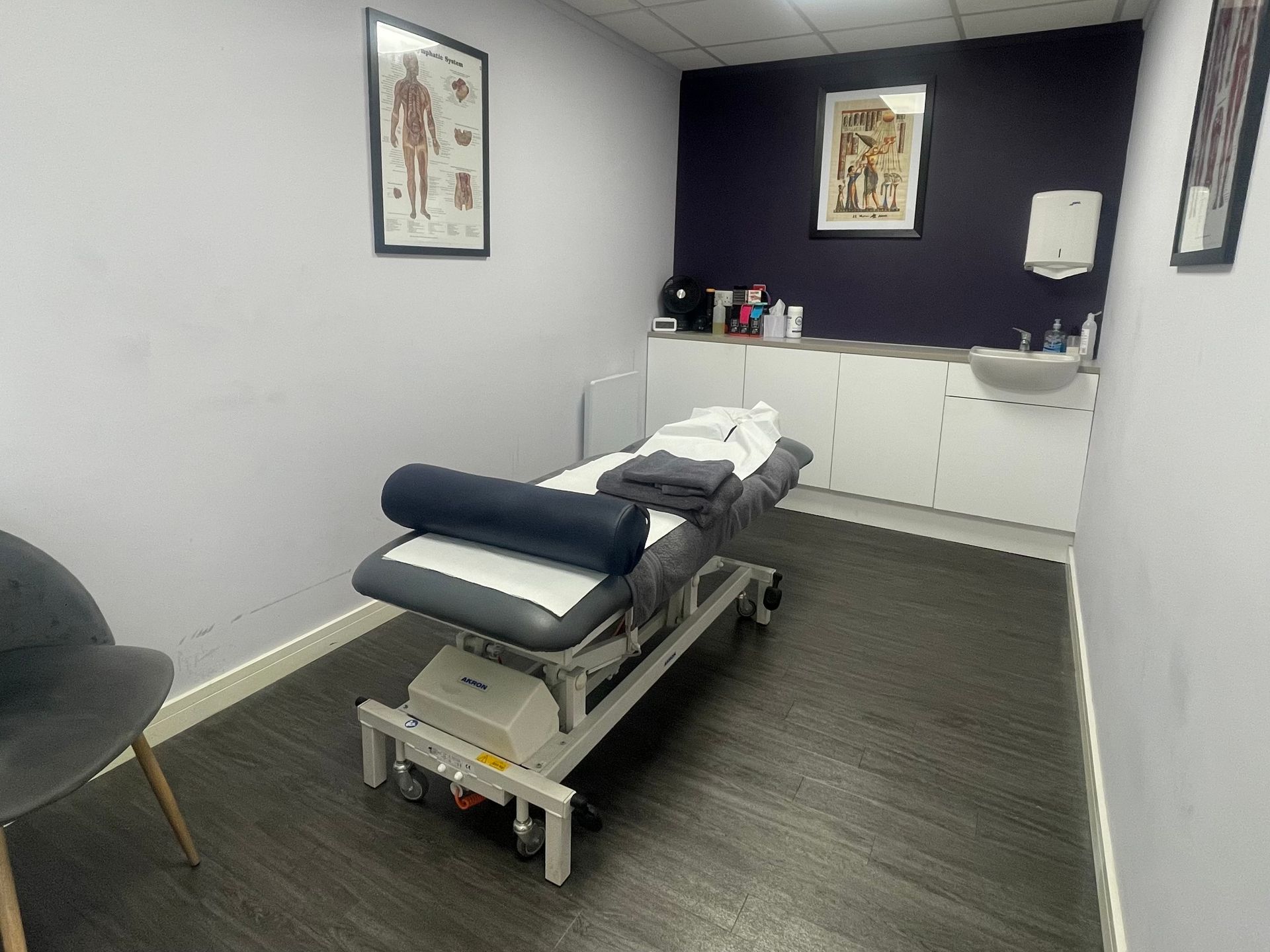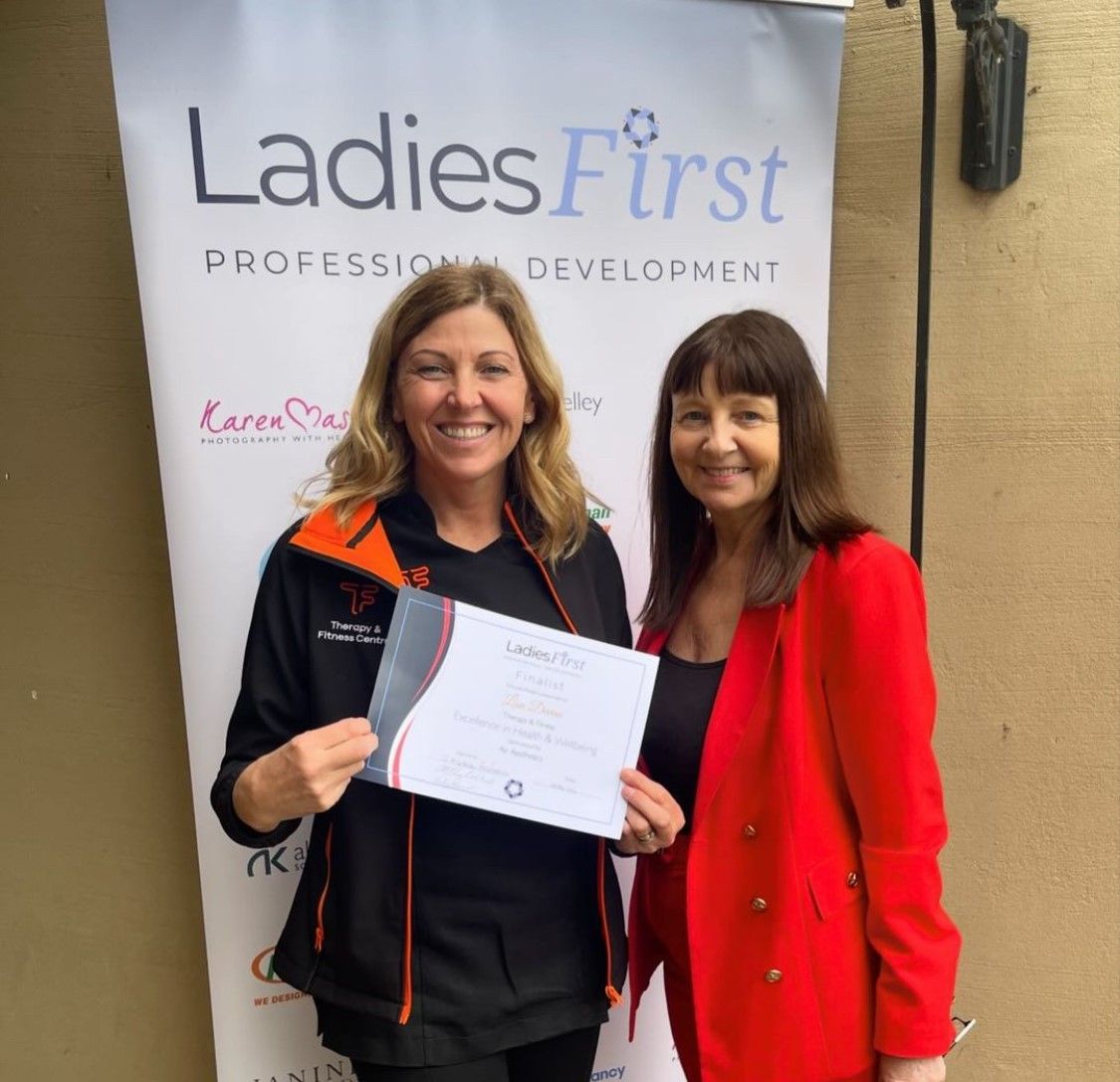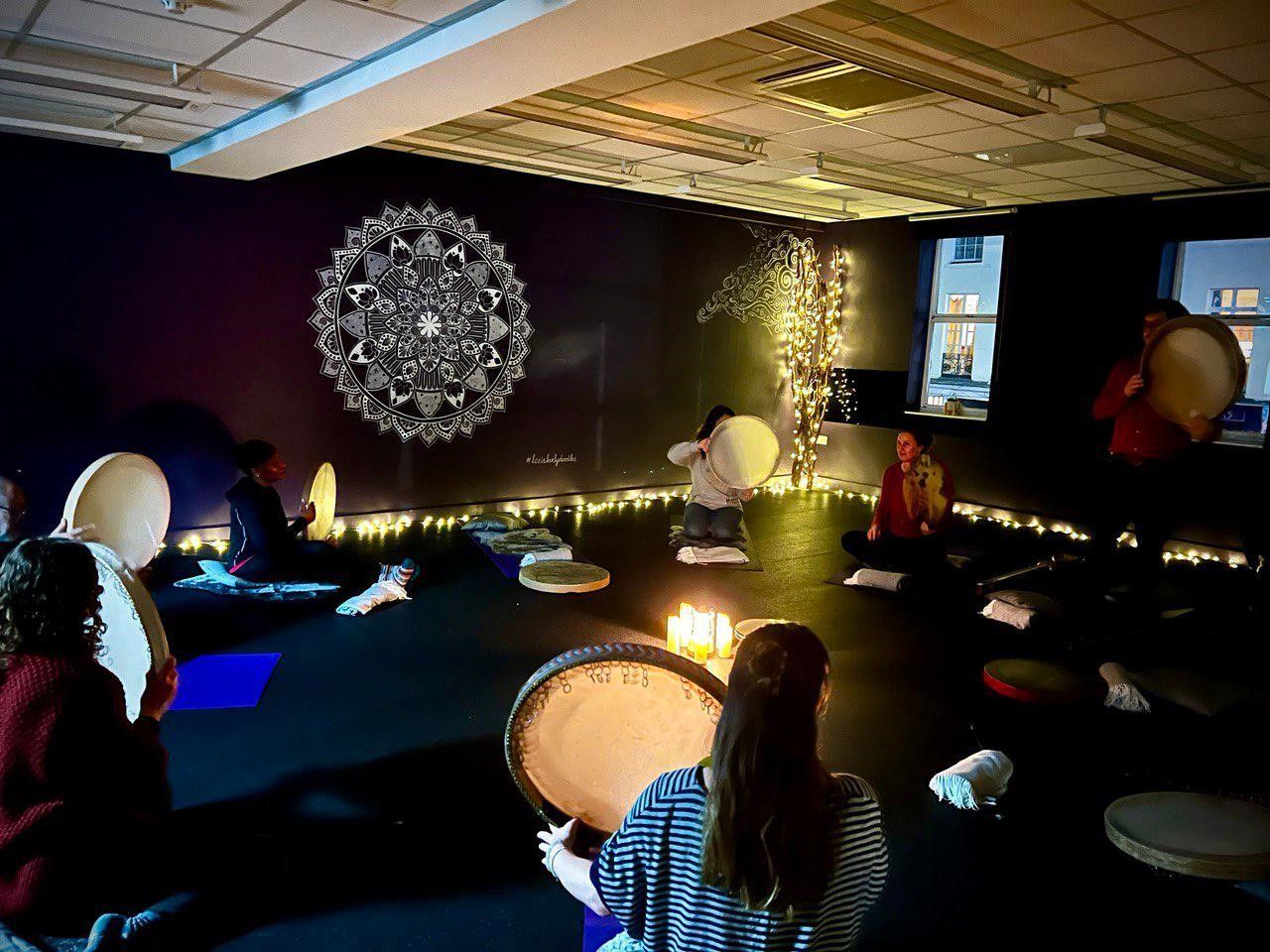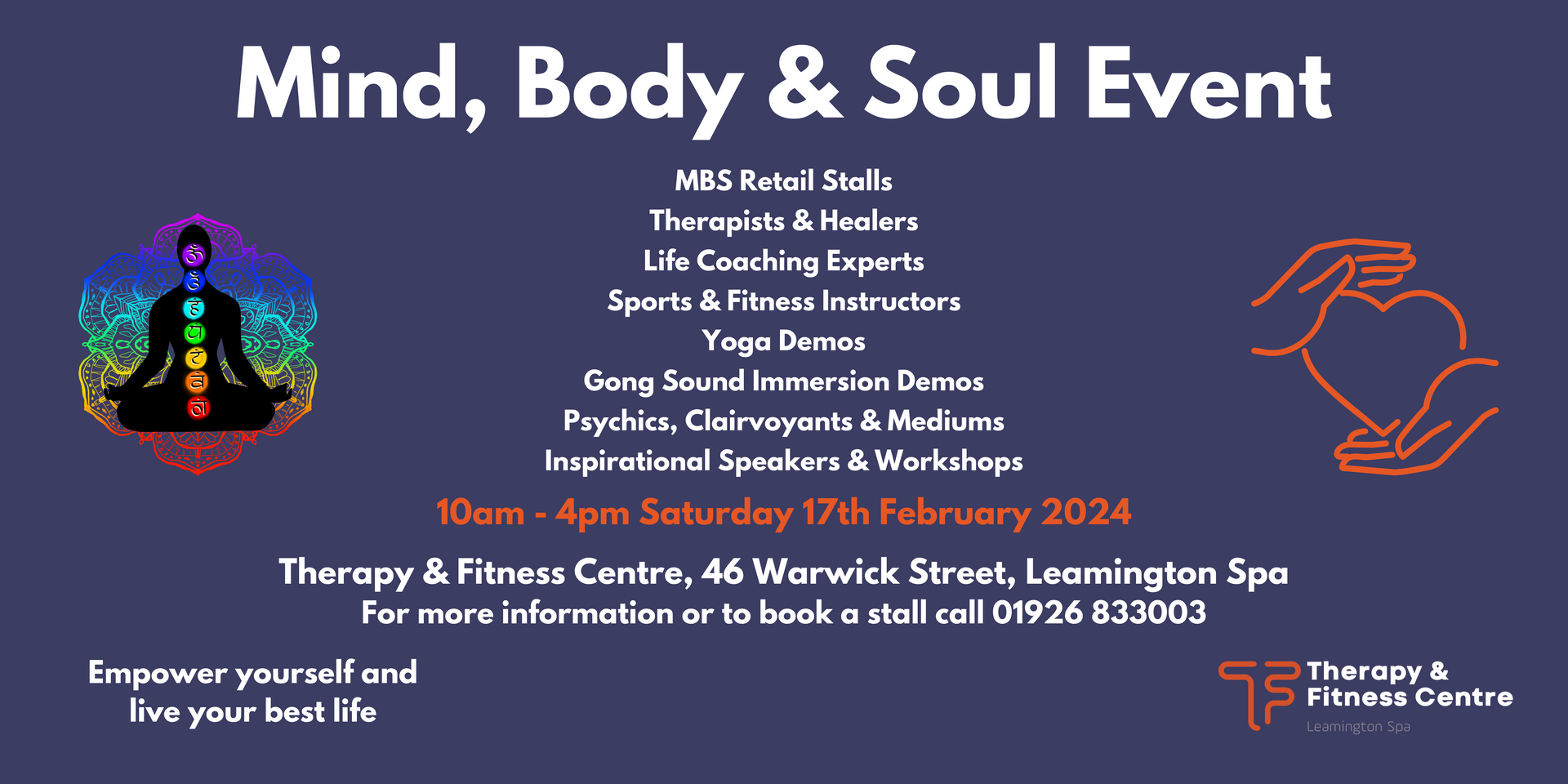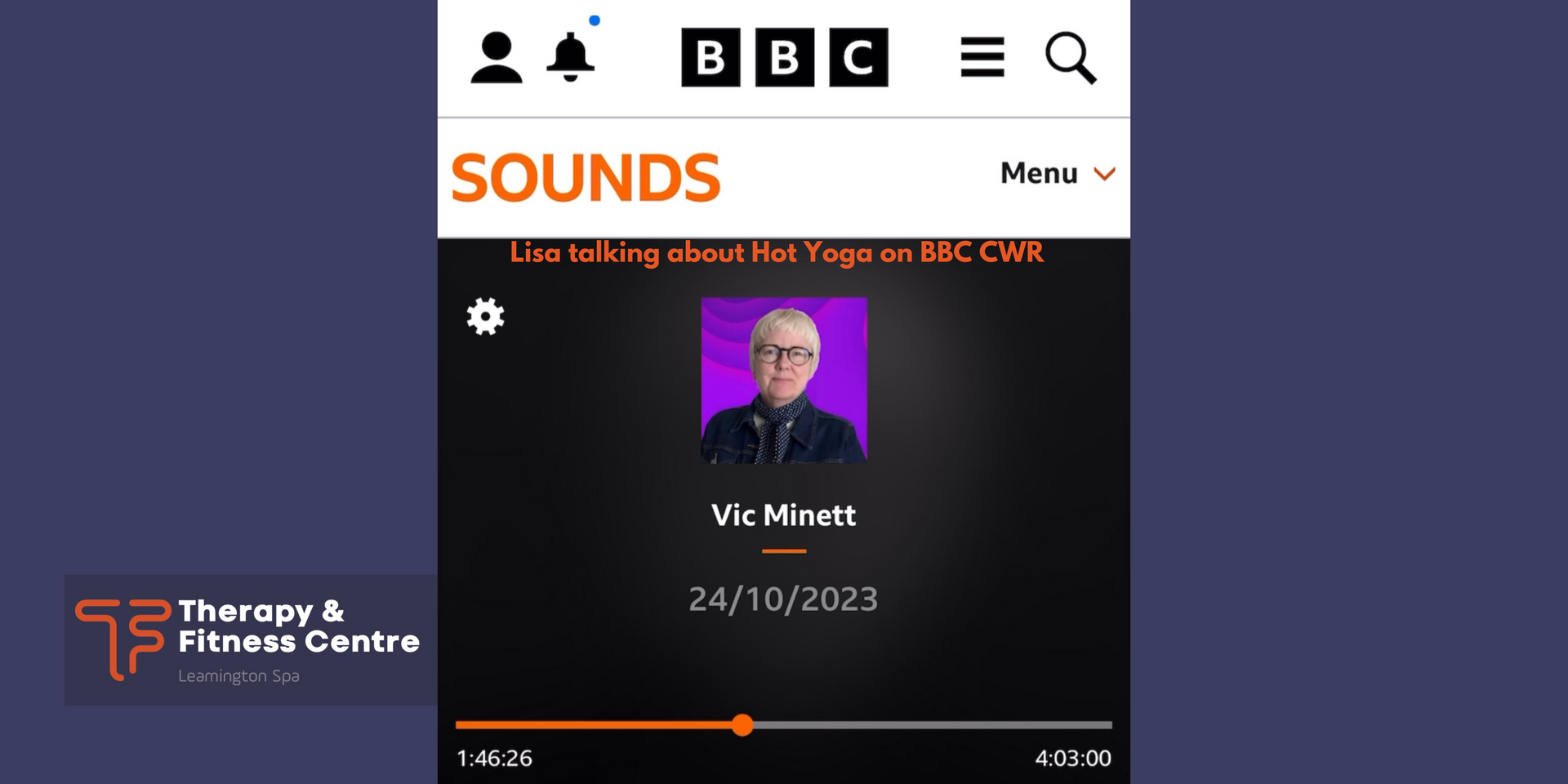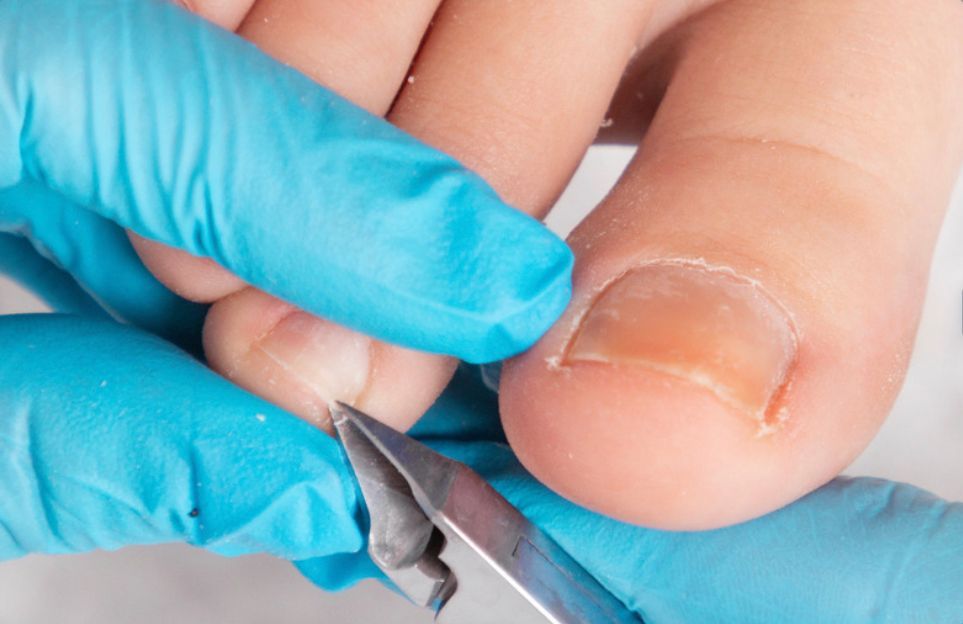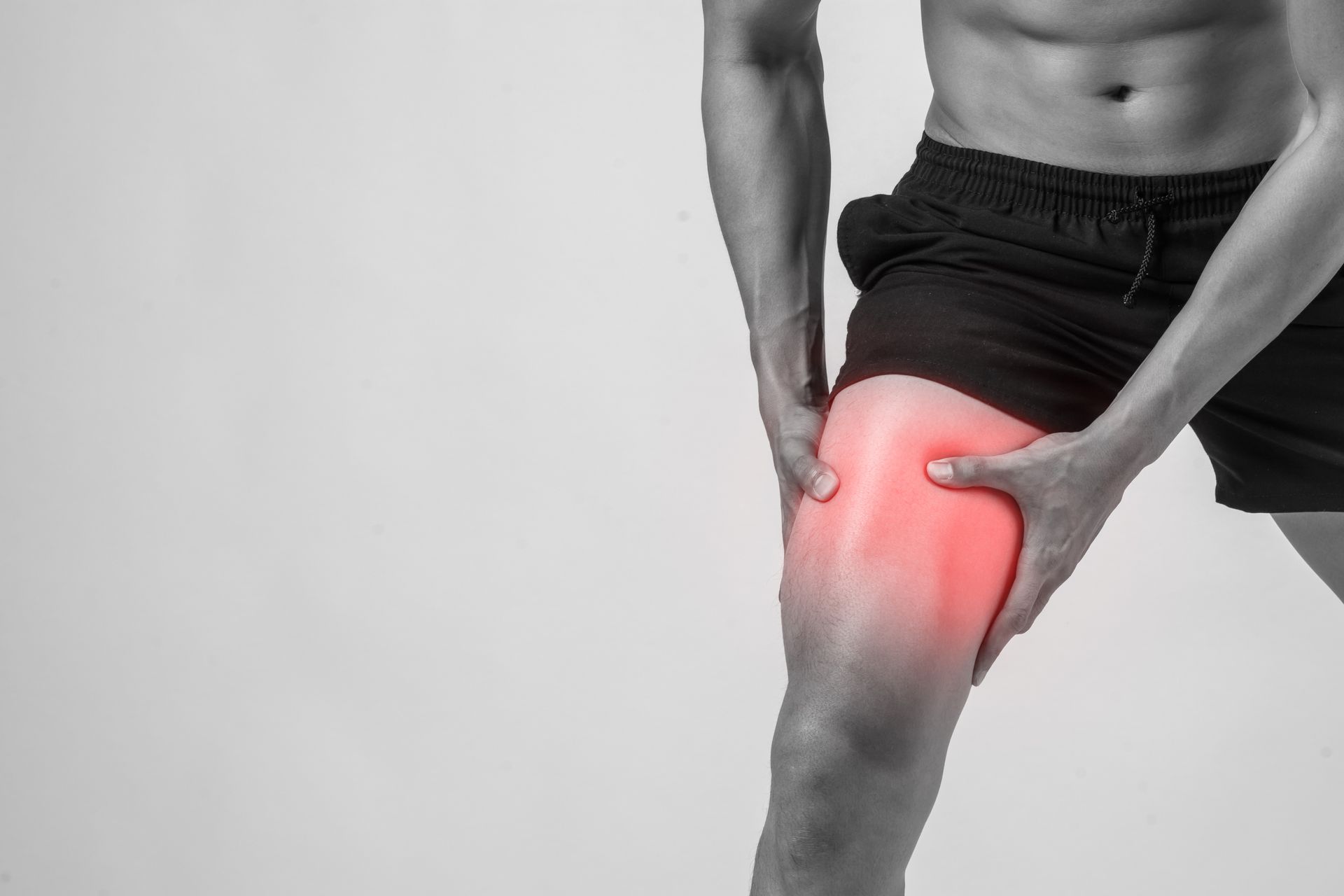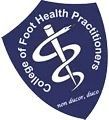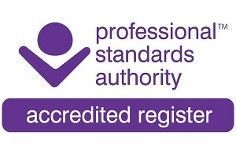Anyone for Tennis?
When looking to buy a new tennis racket, the possibilities really are endless. Is a £25 racket really any different to a £200 one? (Hint: the answer is YES!) Does the weight of the racket mean I will play differently? (Also, YES) And will the grip size affect my joint health?
This article is your one-stop-shop to help you break down all the differences in tennis rackets, and to help you find your perfect one.
How to choose a tennis racket
When choosing a tennis racket, there are three elements which affect power and control:
The Weight:
- Lighter racket = More power
- Heavier racket = More control
The Head size
- Larger head size = More power
- Smaller head size = More control
The String bed
- Open string bed = More power
- Denser string bed = More control
What’s the best tennis racket?
The price range of tennis rackets really does vary, so what Is the difference between a £20 racket and a £200 one?
Mainly, it’s in the material used to build the racket. At the lowest end of the price range, Tennis Rackets are made from aluminium, this often makes the rackets very heavy and tend to give a lot of vibration when playing with them, making them actually more difficult to play with. So, even if you are a beginner, it may be worth investing slightly more into the racket. That way, you are likely to get a racket that is more suited to your ability making it easier to learn.
At about £40-£50 you can get a racket that is a combination of graphite and aluminium, which can make the rackets slightly lighter and take away a small part of the vibration that you get from the aluminium rackets.
At around £80 is when you step into the full graphite racket range, which are much more forgiving to play with and offer more in terms of playability.
At the £130 + price range is the performance range rackets, these rackets will still be full graphite but will have added extra technical materials depending of the specific performance that you want from your racket. Performance rackets have more detailed, subtle differences between the racket frames.
If you are looking to buy a more technical, performance racket, it is suggested to look for a local ‘demonstration/try before you buy’ service. This allows you to actually have a play with the different rackets before you make the investment. Check out your local, specialist sports and tennis retailers as often they offer this service. You may also have tennis coaches at your local club, who carry ‘demonstration’ rackets to allow you to try them out first.
Okay, so you have a price range in mind…
What is the best racket weight for me?
In basic terms - The lighter your racket is, the more power you will get when hitting the ball. The heavier your racket is, the more control you will get from your shots. It’s all about finding a balance between power and control that suits your playing needs.
For example, if you are a player who is very strong that hits the ball with a lot of strength, then an excessively light racket would mean you’ll find that the ball just pings everywhere and that you do not get the accuracy from your shots that you want. However, if you are a player who finds that you struggle to get enough power behind shots and they never reach quite where you want them to go, you’ll need a lighter racket to make up for the extra power needed.
Generally, in full sized rackets the weight varies from around 250g for those who need a more powerful racket to 340g which is designed for very strong, experienced players who want as much control from their racket as possible. On average, most Women and teenagers play with around 260-280g rackets. The average man will play with around 285-300g racket (however this is not wholly exclusive and is just there to act as a guide).
How do I know which tennis racket head size will be suitable for me?
When you begin to look at the finer details of the more performance rackets, it is also worth taking into consideration the head size of the rackets. The average head size of most rackets is 100 sq inches. You can get head sizes both smaller, and bigger than this.
Similar to the effects that weight has on a racket, the smaller the head size the more control you get from the racket, the bigger the head size the more power you will get. These are things to consider when buying a racket and it is always recommended to talk to a specialist about your specific needs at a Tennis racket specialist shop.
What string should I use for tennis?
This really is determined on your playing style. Just like various sizes and weights of tennis rackets create different playing experiences, different types of tennis string beds produce different effects when you make contact with the ball. There are four key benefits to consider when deciding on the right string for you, those being power, control, comfort and spin.
- Power - How quickly the ball exits the string bed at contact. Power strings are best for players just learning the game who haven’t yet learned to generate their own power, as well as for junior players whose muscles have not yet fully developed.
- Control - How long the ball sits on the string bed at contact, also known as ‘dwell time’. Control strings are best for experienced players who can produce their own power and want to rely on their strings to help them control where the ball goes, making it easier to hit their spots.
- Comfort - How much shock/vibration you feel in your arm at contact. Comfort strings are best for senior players who are more prone to arm injuries such as tennis elbow or those that have experienced arm issues in the past.
- Spin - How many rotations per minute the strings generate on the ball at contact. Spin strings are best for competitive players looking to use spin to create a ‘heavy ball’ or a ball that bounces up high making it difficult for opponents to attack.
It is also worth bearing in mind that the strings in the racket, after a period of use, can get worn or even break. As a rule of thumb, you should take the number of days a week that you play, and use that as the number of times per year you should change your strings. That means if you play tennis four times per week, you should restring your tennis racket about four times per year for your racket to play optimally.
The choice available in strings can almost vary as much as the choice available in rackets, with the type of string and tension that the racket is strung at having an impact on the response you receive from your racket. Make sure that you discuss with your stringer your specific playing needs so that they tailor the stringing to suit you!
Another key thing to be aware of when buying a new Tennis racket is the grip size. Having the wrong grip size for you can bring on problems such as tennis elbow and also have an effect on your game performance.
How do I choose a tennis racket grip?
Do I need to buy tennis shoes?
It is also super important that you make sure you are playing in correctly fitted, TENNIS specific shoes. Wearing the wrong type of shoes during a high impact sport such as tennis can lead to falls and injuries that could be prevented with the right footwear. Always take the time to be professionally fitted, and to keep an eye on the wear on your shoes. Replacing them with new ones before the soles become too smooth and worn out is key.
Why can’t I wear my running shoes for tennis?
DO NOT play tennis in your running shoes. Running shoes are not designed for the high impact, lateral, side to side movements required for tennis and this can mean serious bad news for your ankles, knees and hips!
So there you have it, a small introduction to the world of Tennis rackets to guide you in the right direction when looking for the perfect match. Here’s to a fun, tennis filled, injury free and match winning summer!!

